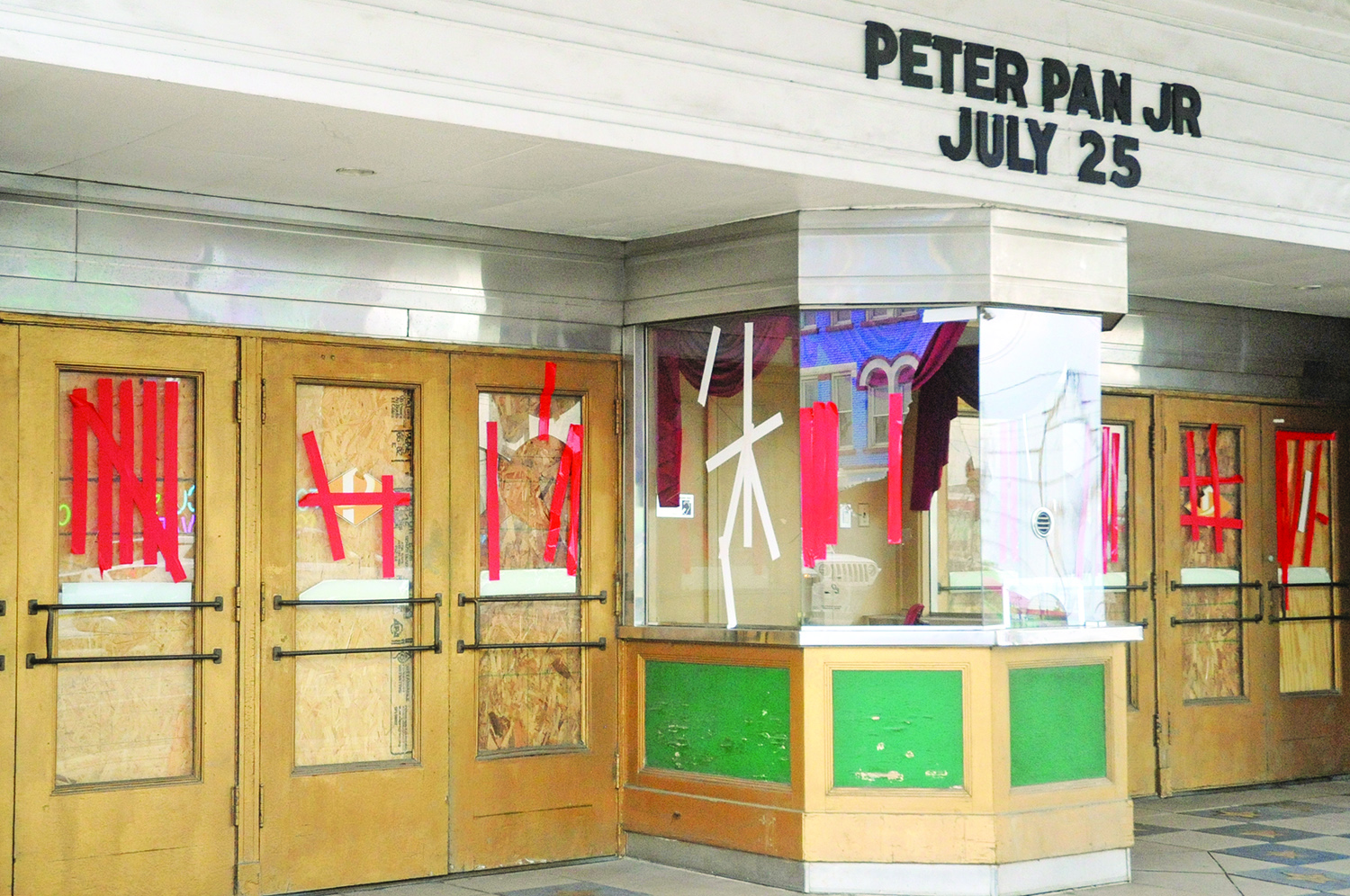Don Lee: From moon to a telescope, space is bustling these days
Published 12:44 am Saturday, December 5, 2020
We will leave the WWI aces and go back to space this week.
China has a spacecraft orbiting the moon they named it Chang’e 5. On Dec. 1, they sent a sampling vehicle down to the surface, where it will dig a hole and collect a sample over a two-day period and then return to the orbiting space craft for return to the earth.
This is first time in 44 years that a sample will have been returned to earth from the moon. The Russians did in 1976. The Apollo astronauts brought back almost a ton of samples when they returned to earth, starting in 1969.
Trending
There is an effort of the U.S. to send a spacecraft to the moon to explore what is known as pits on the moon.
The hope is to find caves or lava tubes that could provide shelter for astronauts. This would shelter them from radiation and micrometeorites.
In the publication, Space, they explore the possibility of setting up a base on the moon’s pole where there is perpetuation darkness.
They believe that there are large deposits of water ice there, which would be relatively easy to harvest. Since they would be out of the sunlight, they would have to depend on nuclear power stations.
This article claims that the lunar soil contains 42 percent oxygen. I would guess that it is combined with silicon since that is what is sand. It seems to me it would be very difficult to recover oxygen from sand. Silicon dioxide is most abundant compound in the earth’s crust being about 59 percent.
I was surprised to learn that the U.S. made plans back 1959 to establish a military base on the moon before the Soviet Union could. That was 10 years before the Apollo astronauts landed on the moon.
Trending
They planned to have a military presence of 10–20 men living underground for surveillance of the earth and the Soviet Union.
On the other side, the Soviets predicted that there would be Soviet Union citizens living there by 1967 to celebrate the 50th anniversary of the establishment of the Soviet Union. There have been a lot of changes since then.
There has been some mention in the news of the collapse of the radio telescope in Puerto Rico. The Arecibo had been the biggest radio telescope in the world at 1,000-foot diameter until China built a bigger one at 1,640-foot diameter.
The Arecibo has been useful in searching for extraterrestrial life, but it found nothing. It allowed NASA to characterize near earth objects by radar and search for asteroids near the earth. It had a 900-ton module which was hanging from cables anchored by three towers. The top of the three towers broke off causing the module to crash to the structure below. It is unrecoverable, but NASA have plans to build another one whenever the funding is available. The National Science Foundation had been providing part of the maintenance and research costs.
Don Lee, a pilot flying out of Lawrence County Airport since 1970, has been in charge of equipment and grounds maintenance for the last several years. He can be reached at eelnod22@gmail.com.






